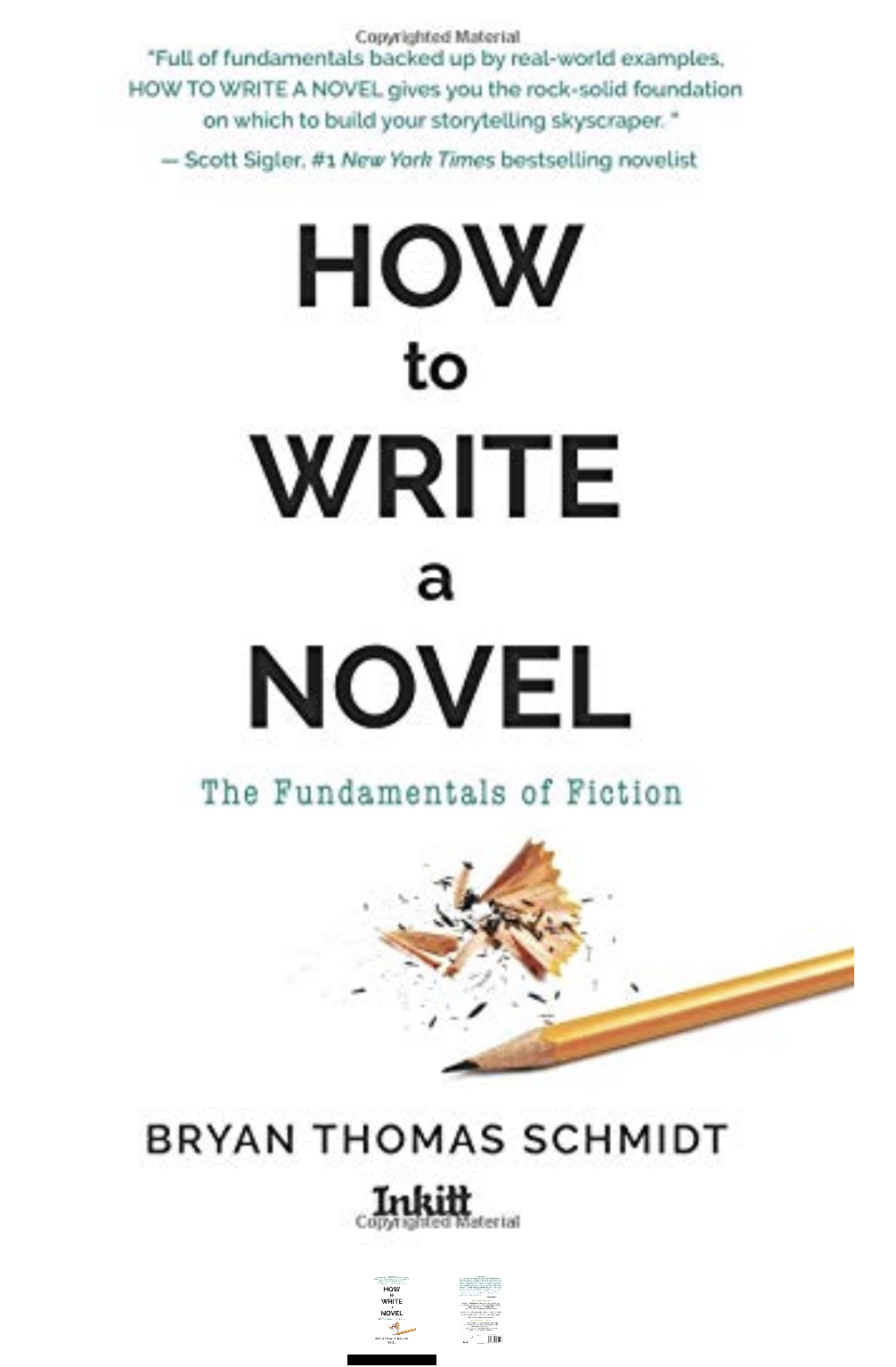


Over time, however, I’ve done a lot of work on this area, and learned that one of the most helpful skills you can develop is good sensory observation of the people, places, and things you encounter in the world around you. Like me, this may not come naturally, so here’s a few techniques to help you better develop this skill.
1) The Emotion Thesaurus by Becca Pugliosi and Angela Ackerman is an essential if you lack this natural ability. It is the one single writing book I carry with me wherever I go and might right, just to have handy, and it is the most worn out—page corners bent, cover bent and stained, and so on—of my writing books. This books is broken down by emotions and provides lists of physical signals, internal sensations, mental responses, and cues of acute long-term or suppressed experiences of that emotion. It is so well thought out and detailed that I have used it to create a whole new visceral vocabulary. Now I mainly refer to it when I feel stuck in a rut. I don’t call many writing books essential but this one is if you, like me, lack natural ability to describe by the senses.
2) Location Scouting—Just like movie crews scout locations for their work, so should you, if you need to improve descriptions. Go to the location or somewhere similar if you can, sit quietly, and observe. Take note of what you hear, what you see, what you smell, what.you taste, and so on and write them down for later reference. Then you will have distinct descriptive cues to pull from when writing that location or one similar. Obviously, if it’s a specific and well-known location, you are best off to go there directly to make these notes, but sometimes such travel is impossible, in which case, somewhere close can suffice.
3) Web Research—From Google Maps satellite and street views, which can be used to describe visual cues, to eye witness accounts written or on video, the web is filled with resources to help enhance your descriptions with first person accounts of various locations that can enhance your stories. Maybe the lighthouse they describe isn’t the one in your book, but it’s similar enough. Chances are the weather, the sights and sounds, and so on will be close and those fodder for your writing, so browse.
4) People Watching—My go to spot for people watching in the age of fading malls is Costco or Sam’s Club food courts. In a matter of a few minutes, you can overhear dialogue of people from a variety of age groups and ethnic backgrounds just sitting there nursing a soda and a slice of pizza as you jot down vocabulary or snippets of potential dialogue. Out of touch with how young people talk, you’ll get a refresher here. What about immigrants or senior citizens? All of them will be within earshot every few moments at a busy club store like these. I can spend an hour easily just making notes on my iPad as people walk by me. Don’t worry, if it looks like you’re writing, they’ll never know…or care.
5) Reading— Some writers are really good at visceral descriptions. Nicholas Sparks, for example, seems to be an expert at it, love or hate his stories. Regardless of your taste for genre, studying writers like this can give you whole new vocabulary and perspectives on how to approach description effectively in your own work, so don’t dismiss or blow them off just because the books they write “are not for you.” Consider it work research, not reading for pleasure, and take notes. It can greatly enhance your skill set.
6) Practice, Practice, Practice—It’s easy to overlook this last one because you may feel like it’s a waste of time. But you rewrite passages all the time when drafting your books, right? So what’s the difference with sitting down to practice description by writing down as many difference ways to describe a particular person, place, or location as you can come up with, one after the other? By practicing your descriptions, and varying them, you can learn a lot about describing and discover all kinds of new approaches and phrases that don’t readily pop to mind when you write, thus improving your arsenal for when you do write.
7) Patience—Last but not least, let’s remember this is a skill that like any other takes time to develop. Improving any skill is work. Don’t just expect to pick it up over night and move on. You will probably need to work at it. Why else would I suggest so many different techniques and approaches? The best way to improve is to employ all of them multiple times, until you don’t need to any more. And that will be a matter of months or years, not days or hours. Be patient with yourself. You’re trying to become better at your passion, remember? And being better will lead to better success and greater satisfaction—prizes well worth the effort.
So there you have seven ways to improve your sensory observation skills for better description. A write tip I hope is truly worthy of the name. For what it’s worth…


